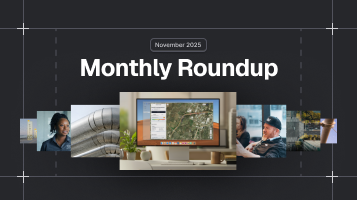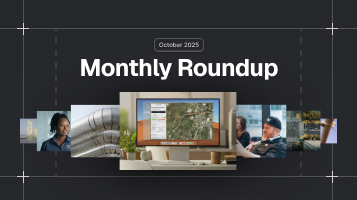Wildfires & 4M
Written by
.avif)
Chris Garafola
Published on
February 18, 2021


Table of contents
Above ground power lines have their benefits. They do. They are simpler and quicker to install, easier to service if needed and until recently, far cheaper in almost every way. However, with the above ground power lines, there are many added risks that history has shown time and time again.
“Maybe below ground is the way to go?”
Disaster after disaster has struck communities all throughout the world because of above ground power lines especially in the United States.
Wildfires from downed power lines have become more and more of an issue in Texas, California and other areas, damaging and scorching acres and miles of residential, agricultural and urban landscapes.
Some of the more rapid and lightning-fast damaging effects of downed power lines can be restricted blackouts on residential or commercial streets or, the worst example in modern history, the infamous blackout of the summer of 2003, in which tens of millions of residents both in the US and Canada were without power, in some cases for days.
It was discovered that an above ground power line had overheated from the high demand for power. It sagged, touched local shrubbery, and a bug in a local power station resulted in a regional traumatic experience at the height of the summer heat, in what could have been just a local blackout.
With 4M Analytics and modern technology, we can help to mitigate these events from ever reoccurring.
With special state of the art equipment enabling our teams to see below ground to where it is safe to dig and bury electrical & other cables, we can reduce such costs by roughly 70-80%. This lower installation cost will significantly lower the cost per mile for the burying of power cables and in turn, help remove the risk of electrical fires or downed power lines out of the equation.
So many projects have been stopped or delayed because of lack of funding, and too many accidents have occurred because not enough precautions were taken.
With 4Map giving us an accurate view of what is below the surface and a clear read being derived from immediate data generated from images of subterranean gas lines or other utility lines, construction crews above ground can focus their attention and energy on digging and drilling just in the proper spots without the risk of hitting an unintended line or main.
Another huge benefit to this accurate picture generated from data obtained from our technology, is to know exactly where there might be a leak or fault in a system.
With endless miles to choose from and with crews having to dig up massive amounts of earth to find one fault pipe or wire, having an accurate precise focal point where to best utilize our resources will help save money, manpower, time and ultimately, human lives.
That is what we are about.
Recent blog posts

Our Newsletter
Join 7k infrastructure professionals
Get monthly insights on ways to build smarter, faster and safer with Utility AI.





